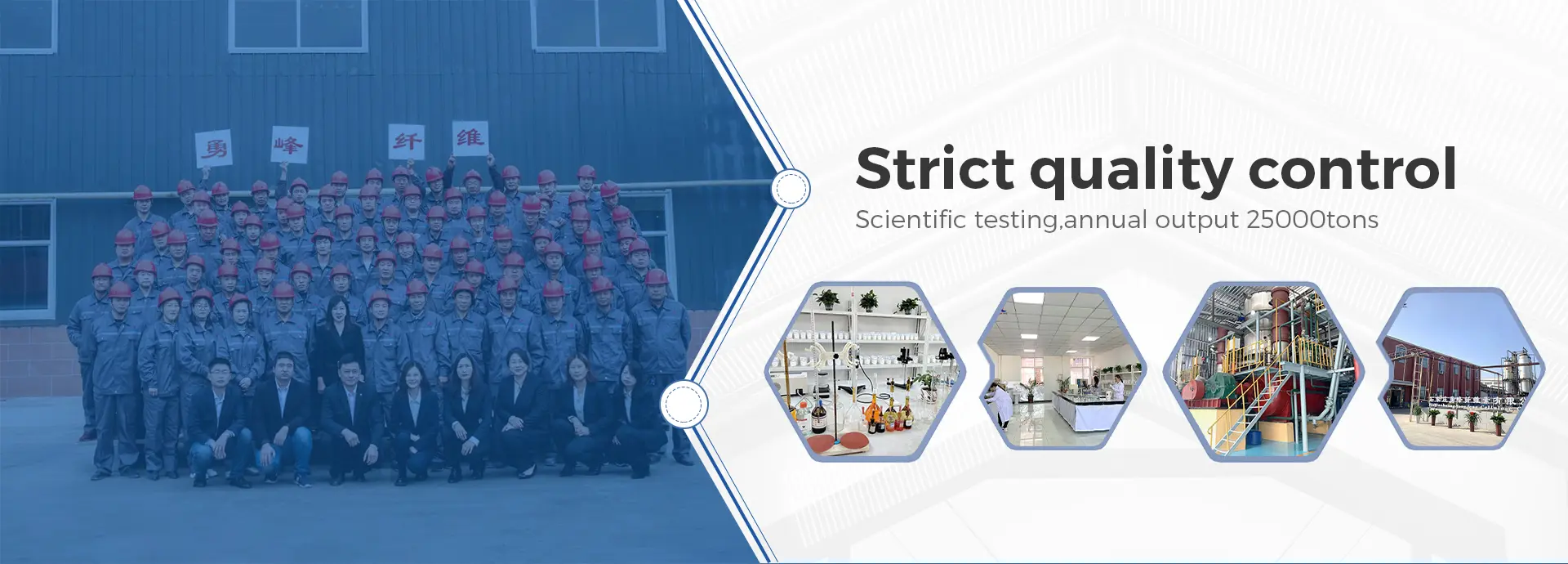Understanding HPMC and Its Similarities to Tylose
Hydroxypropyl Methylcellulose (HPMC) is a widely used polymer that falls under the category of cellulose ethers. It is renowned for its versatility and effectiveness in a range of applications, particularly in food, pharmaceuticals, construction, and cosmetics. One of the materials that often gets compared to HPMC is Tylose, a brand name for a variety of cellulose derivatives that align closely with HPMC in terms of functionality. In this article, we will explore HPMC, its similarities with Tylose, and the numerous applications that highlight their utility.
What is HPMC?
HPMC is a semi-synthetic polymer derived from cellulose, which is a natural polymer found in plant cell walls. The uniqueness of HPMC comes from the modification of cellulose through hydroxypropyl and methyl substitution. This chemical alteration enhances its solubility, making it applicable in a wide range of environments, either as a thickening agent, emulsifier, or film-forming agent. HPMC is non-ionic, which gives it significant advantages in various formulations, such as resistance to microbial degradation and a high degree of compatibility with numerous other compounds.
Tylose The Comparable Alternative
Tylose is another cellulose derivative akin to HPMC, commonly used for similar applications. It is also produced from the hydrolysis of cellulose, where certain functional groups are introduced to improve its properties. Tylose shares many characteristics with HPMC, including its appearance as a white powder, and is valued for its pure and stable chemistry. Both HPMC and Tylose can form viscous solutions, and this property makes them indispensable in many industries.
Similarities Between HPMC and Tylose
1. Functional Properties Both HPMC and Tylose exhibit outstanding thickening capabilities. Their ability to increase viscosity is crucial in formulations like paints, coatings, and adhesives. This thickening property helps to stabilize these products and improve their performance.
2. Emulsification HPMC and Tylose serve as effective emulsifying agents. In food applications, they help maintain the stability of emulsions, ensuring that oil and water components do not separate. This is particularly important in salad dressings, sauces, and dairy products.
3. Film Formation Both polymers can form smooth and uniform films when dried. This characteristic is crucial in pharmaceutical applications, where a film-forming agent may encapsulate drugs for controlled release, or in cosmetics, where it can ensure even application on the skin.
hpmc like tylose

4. Water Retention Both HPMC and Tylose have excellent water retention properties, which is particularly beneficial in construction materials. They enhance the workability of mortars and plasters, contributing to better adhesion and reduced cracking.
Applications of HPMC and Tylose
The similarities between HPMC and Tylose translate into overlapping applications across multiple sectors
- Pharmaceuticals Both are utilized to formulate tablets and capsules, serving as binders, disintegrants, and coating agents, which enhance the release properties of the drugs.
- Food Industry In the food sector, these polymers are employed in various products such as gluten-free baked goods, where they improve texture and moisture retention. They also stabilize emulsions in sauces and dressings.
- Construction In construction materials, they enhance the performance of cement and plaster products by improving their workability and adhesion, assisting in the control of drying times.
- Cosmetics and Personal Care HPMC and Tylose are frequently incorporated in lotions, creams, and hair products as thickeners and stabilizers, ensuring a pleasant texture and consistency.
Conclusion
In summary, HPMC and Tylose are two cellulose derivatives that play significant roles in various industries due to their remarkable similarities in functionality. Their applications across pharmaceuticals, food, construction, and cosmetics highlight their versatility and effectiveness. As research continues and industries evolve, these cellulose derivatives are likely to remain crucial components in innovative product formulations, enhancing performance and consumer satisfaction. Understanding the properties and applications of HPMC and Tylose equips professionals across fields to harness their benefits to the fullest.
-
Rdp Powder: Key Considerations for Wholesalers in the Building Materials IndustryNewsJul.08,2025
-
Key Considerations for Wholesalers: Navigating the World of Hpmc - Based ProductsNewsJul.08,2025
-
Hpmc Detergent: Key Considerations for WholesalersNewsJul.08,2025
-
Key Considerations for Wholesalers: China Hpmc For Tile Adhesive, Coating Additives, Concrete Additives, and MoreNewsJul.08,2025
-
Crucial Considerations for Wholesalers: Navigating the World of Construction MaterialsNewsJul.08,2025
-
Key Considerations for Wholesalers Sourcing Additive For Cement, Additive For Concrete, Additive For Putty from Additive Manufacturer Shijiazhuang Gaocheng District Yongfeng Cellulose Co., Ltd.NewsJul.08,2025




